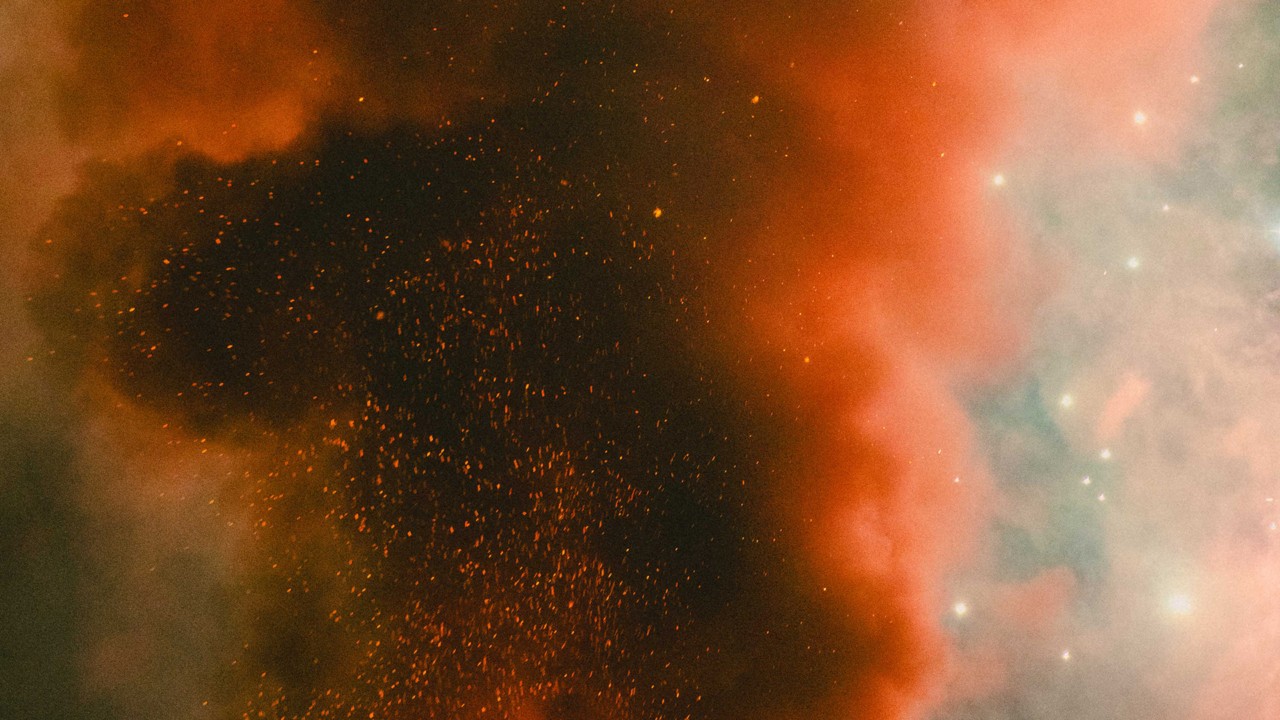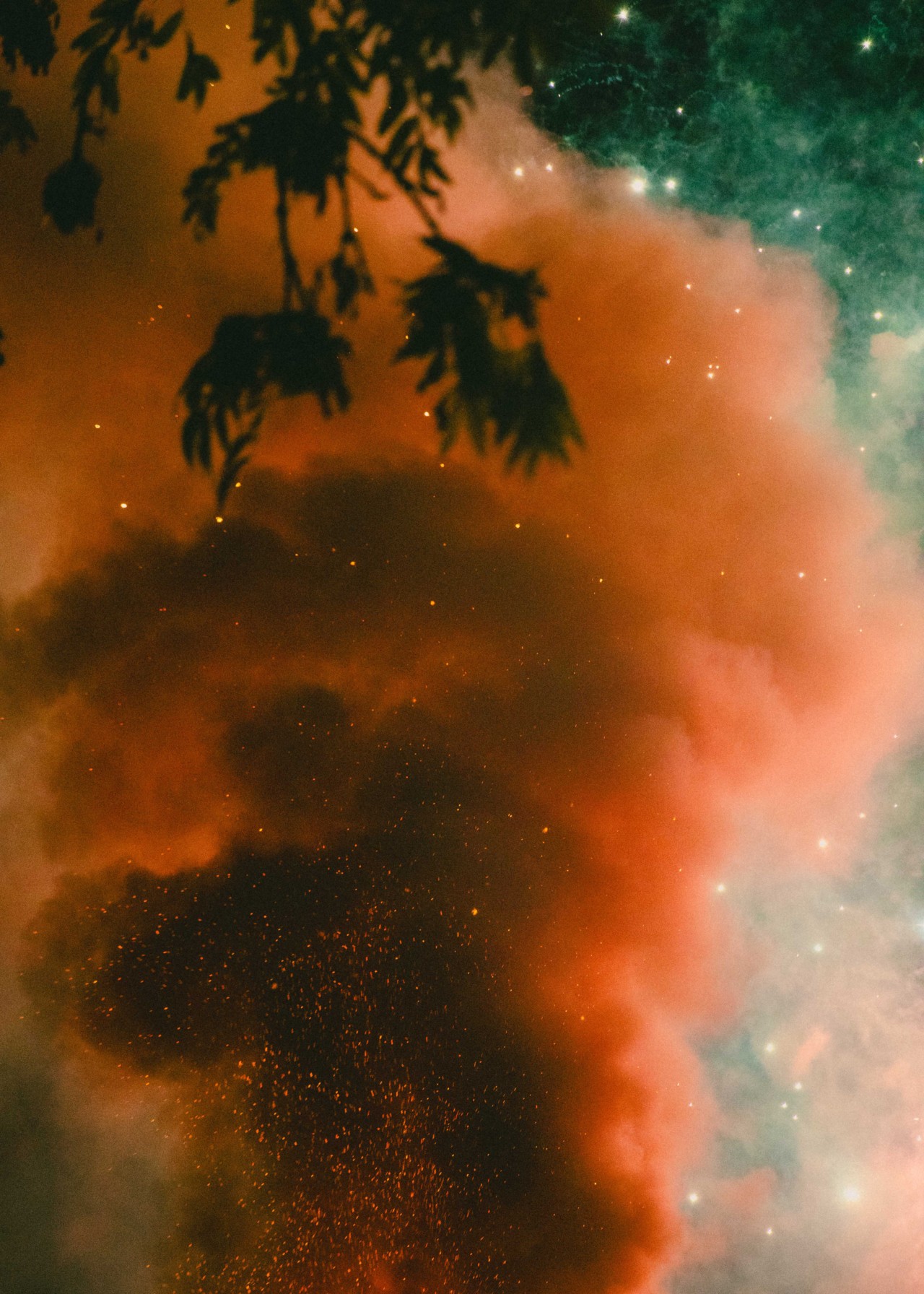

Photograph by Theo McInnes / Kintzing
Words by Ruth. H. Burns
My People have called the prairie home for millennia, so it’s no wonder that peta (fire) plays such a crucial role in our lives. But rather than demonize fire, we view it as its own life force and understand that it plays an integral part in shaping our environment.
Grass makes great kindling, especially when it’s tall and dry. It’s prone to catching fire. A wildfire that burns through hundreds of acres can start with just a single spark. Long ago, that occurred most often from lightning strikes, or through prescribed fires that were ignited by my ancestors.
Yes, you read that correctly. Contrary to what colonial history would have you believe, when Europeans arrived on North American shores, we weren’t merely surviving. The people Indigenous to this continent—who had been living here tens and even hundreds of thousands of years—were stewards of the land, actively managing their ecosystems to foster biodiversity and keep it strong and healthy. But why start fires? Especially on the prairie? There’s a multitude of reasons. Mainly, it decreases the likelihood of larger, deadlier, more widespread fires. When fires are prescribed and carefully monitored, it gives us some modicum of control.
Fire is not unnatural. Fire is a part of the life cycle of the prairie, and the plants and animals that reside there have not only adapted to its existence—some rely upon it. Indeed, fire has a symbiotic relationship with all life that originates in prairie biomes. It was utilized to bring balance to needed habitat.
By setting controlled fires, we reduce the volume of dead grass and return it to the soil as rudimentary compost, which includes important nutrients to the soil. This in turn causes fresh, new grass to grow in its place. Additionally, fire has the unique ability to awaken dormant plant seeds or spores. Cracked open by hot flames, these plants or fungi, some of which only grow on the prairie, take hold and burst forth from the Earth. In other words, after a prescribed fire, the prairie is reborn, erupting with new life.
Fire is a part of the life cycle of the prairie, and the plants and animals that reside there have not only adapted to its existence—some rely upon it.
You may have seen the new grass that grows after a prescribed burn. It comes back thicker, greener, and more nutrient rich. New grass growth attracts a variety of animals who live on the prairie, like deer, elk, and bison. New grass was also a preferable food source for horses my people had domesticated. Fresh, robust plant life is able to sustain large herds for an entire season or more.
Considering the life fires bring, it became a useful tool that my ancestors saw as not only necessary, but healthy. With fire, the Lakota were able to create grazing ranges for the animals they recognized as a food source. Hunting grounds were not only known to my people, they were created and replenished. The movement of bison can be organized around fire. In the autumn, select grazing areas would be burned. This region would then be avoided by bison during the winter, because they could not feed there. Bison would then relocate to areas near camps where the Lakota people would stay during harsh winter months. These areas had been set aside by the Lakota, established precisely for the bison to forage there and all but guarantee the survival of the bison, and in turn, the people who depended on them to live. Then, when spring came, the regions that were burned in the autumn would turn lush and green, providing the bison with new fertile grazing ranges, and the Lakota knew exactly where the bison would be. Other large predators, like wolves or big cats, are able to hunt in these fertile zones, too. It is a moveable feast; a wildlife grocery store.
The entire food chain prospers from these simple practices. Some species of lizard need fire and heat to live. There are woodpeckers who specifically use burned trees to build nests. Fires attract certain types of insects that birds like to eat. It’s even been discovered that smoke from wildfires benefits salmon by lowering water temperatures. This fire management practice didn’t just ensure that the people would be fed. It prevented plants from being harmed by overgrazing.
Besides initiating a cycle of renewal, fire was used as a means of clearing campsites. As villages moved from one location to the next, fire removed vermin, rubbish, and tall grass before and after tipi setup. Prescribed burns prevented flames from spreading around campfires needed to cook food, as well. The elimination of brush further exposed hidden places that enemies could use to creep up on and ambush Tribespeople. New grass is also soft to the touch—it doesn’t injure the tender feet of little ones or rip open the bottom of moccasins.
As our skies darken with smoke from far away forest fires, remember that fire isn’t simply a scourge we must bear. It also plays a role in the circle of life.
Fire was and is used in Lakota medicinal practice, too. Certain medicinal plants are propagated by fire. Fire is used to make smoke that could be inhaled to treat illness and disease. The heating or boiling of certain mixtures used to doctor injuries or address medical conditions was an essential element of healing.
From a spiritual aspect, fire is a key component in Lakota ceremonies. Ceremonies like Inipi (sweat lodge) require certain rocks to be heated in a fire until they are red hot. These hot rocks are then transported to the inside of the enclosed lodge where water poured on the rocks generates steam that cleanses and purifies the bodies of adherents who sing and pray within. Firekeepers play a vital role in all ceremonies—especially Sundance. They tend to the fire during all four days of the ceremony, from beginning to end, without interruption.
Today, land bases for some Native Nations, communities or landowners may be smaller, so prescribed burns may not be possible. In those situations, fire suppression is a focus of land management. Even then, small prescribed burns are sought after, because the new growth that occurs after burns resets ecosystems to their natural state and promotes vigorous biodiversity.
Prescribed fires are a strategic device that may reduce the prevalence of dangerous wildfires and minimize the damage they are capable of causing. Scientists, environmental groups, and even governments and federal agencies like the National Park Service have begun to embrace Indigenous land management procedures like prescribed burns because they have seen that they work. Today, fire management practices assist them in reducing contagious plant and tree diseases, minimizing pest infestations, stopping the encroachment of invasive species, and restoring balance to protected areas. Fires have even been shown to help preserve natural wetlands.
Fire deserves our respect. While it does bring devastation, alternatively, it is the life spark. As our skies darken with smoke from far away forest fires and Mother Earth’s temperature rises thanks to climate change, remember that fire isn’t simply a scourge we must bear. It also plays a role in the circle of life. It existed long before man “discovered” it. The actions, or inactions, of humanity have led to this disequilibrium and instability. Today, widespread, deadly wildfires are, above all, the result of a planet pushed to a tipping point by our own doing.
Respecting Peta, the Life Spark